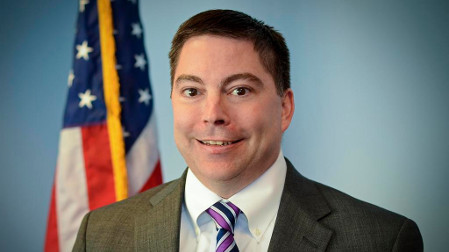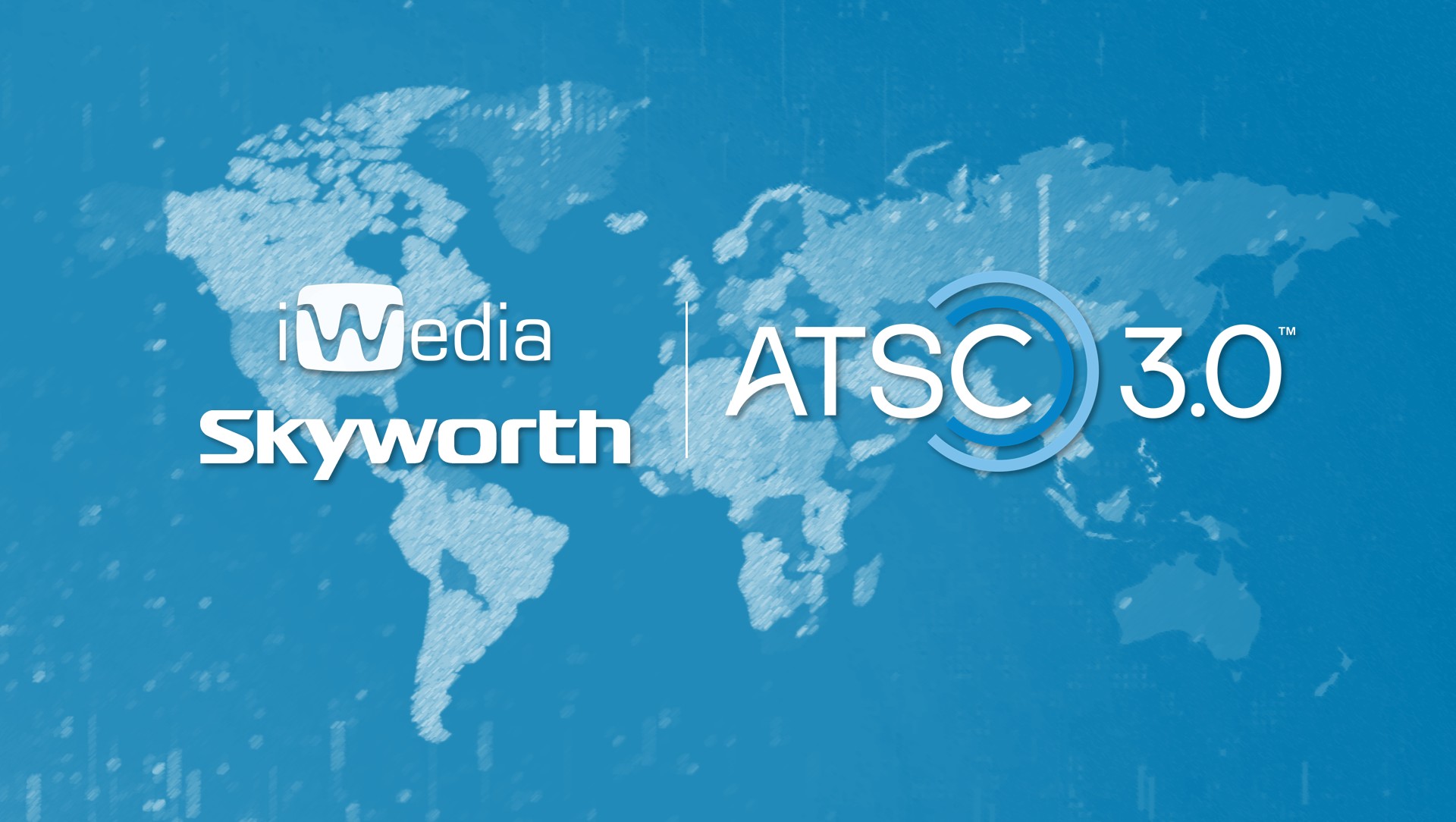FCC: O’Rielly Finds New FAA Tower Safety Rules Too Broad
WASHINGTON—FCC Commissioner Michael O’Rielly thinks thousands of tower owners in the United States were caught up unintentionally in a rule change recently made by Congress. He thinks the change could cause expensive, unnecessary retrofits, so he is recommending tweaks.

In a blog post, O’Rielly said he believes Section 2110 of the FAA Extension, Safety and Security Act of 2016, which requires improved physical markings and/or lighting on small to medium size towers (between 50 and 200 feet), is too broad and could cause unnecessary spending for communication industries.
“Generally, I have avoided critiquing legislation passed by Congress without invitation,” the commissioner wrote. “This is an attempt to highlight a potential unintended consequence, rather than criticism.”
He said that Section 2110 apparently was intended to address dangers to small, low-flying aircraft like crop dusters from structures like temporary meteorological testing towers; but he says language in the provision has far broader consequences.
“If implemented literally, the provision will force expensive retrofits to potentially 50,000 existing towers, such as wireless communications and certain broadcast towers, all new towers that meet the broad definition, and raise tower prices for the next generation of wireless services — all with little gain to air safety,” the commissioner wrote.
O’Rielly estimates that this could cost communications companies thousands of dollars per tower to come into compliance. In addition, the cost could impede development of 5G wireless services, the incentive spectrum auction and implementation of ATSC 3.0, especially in the rural areas where this provision would have the most effect.
He also called it “perplexing” that some technologies are exempted while permanent and non-moving communications towers appear not to be. “In particular, is there any data suggesting wireless or broadcast towers are more susceptible to be air safety hazards than towers used for electric utility transmission or wind turbines? It would seem appropriate that communications towers should be treated similarly to those structures,” he wrote.
The professional video industry's #1 source for news, trends and product and tech information. Sign up below.
While new marking and/or lighting burdens for certain temporary towers is a laudable goal, he concluded, the new provision may have been drafted more broadly than intended and unnecessarily affected communications towers that have little overall impact on agricultural air safety.
“Taken together, it would seem that a small legislative fix to clearly exempt these towers or require the FAA administrator to do so would be appropriate.”
